E Chongrong: How can I become the "origin" of Chinese civilization?|
Author:China News Weekly Time:2022.06.28

"Kunlun" has become a flowing cultural symbol
It is common from Yanhuang descendants at home and abroad
"Spiritual House" and the link between each other
China News Agency reporter: Pan Yujie
Number of full text: 2910
Estimated reading time: 10 minutes
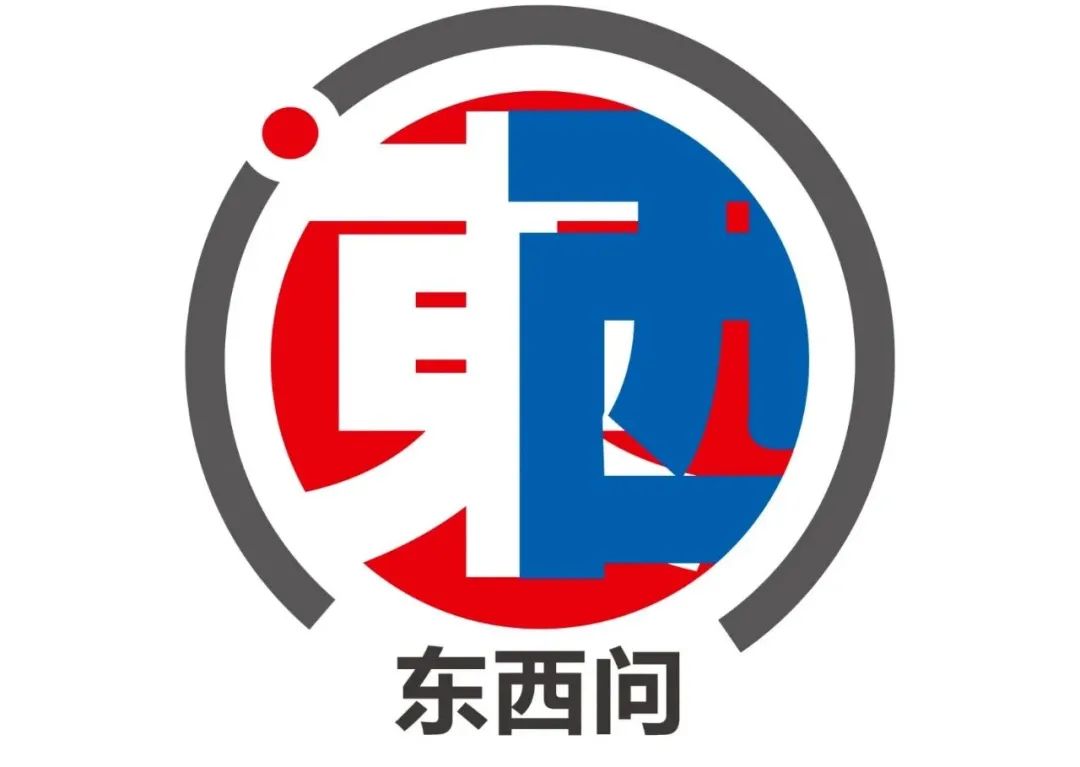
The Kunlun Mountains, which runs through the western China, is known as the "Sect of Wan Mountain", which not only refers to the height of nature, but also the coordinates of the Eastern spiritual culture. Kunlun myths can be called the main body of Chinese classical mythology, and the source of the East and Western civilization with Greek mythology. How to reflect the similarities and differences in the culture of east -west culture? What kind of spiritual character of the Chinese nation reflects the Chinese nation? What is the inspiration of the revival of Chinese civilization and modern life? The China News Agency's "East and West Questions" recently interviewed E -Chongrong, the director and researcher of the Institute of National and Religious Research Institute of the Academy of Social Sciences of Qinghai Province to answer the above questions.
Abstracts are currently recorded as follows:
China News Agency reporter: What are the characteristics of Kunlun myth? How to understand its influence?
E Chongrong: Myths penetrate the experience and feelings of human childhood, and vividly preserve the concept of the ancestors, the attitude of life, etc., reflect the spirituality, thinking methods and survival concepts of different ethnic groups.
The Kunlun Mountains run through western China. It is the mountain system with the highest an average altitude and the largest extended area on the planet. It goes hand in hand with the Olympus Mountains in Greece's "Hundred Gods". Kunlun mythology and Greek mythology represent the source of East and Western civilization.
Historically, Kunlun mythology is not only known in Chinese folk women and children, but also passed on to other parts of Asia, which has continuously evolved. For example, during the Wei and Jin dynasties, during the Tang Dynasty, Kunlun myths represented by "Kunlun Mountain" and "Yaochi" spread and merged with Indian Buddhist culture; and the image of "Western Queen Mother" had been introduced into the state of peace in the Han Dynasty (today The northeast of the Iranian plateau) is also integrated with the Lunar goddess of Babylon (now Iraq), which is still worshiped by people in Central Asia, Southeast Asia and other regions.
In addition to the "Queen Mother of the West" and "Yaochi", there are stories such as Pangu Kaishi, son -in -law, Fu Tian, Father's Daily, and Chang'e Running Moon. "Kunlun" has become a flowing cultural symbol, which is a link between the "spiritual hometown" and the connection between the children and grandchildren at home and abroad. Every year, the worship ceremony held at the foot of Jade Mountain in Kunlun Mountain attracts people from all over the world to find their roots and look for their ancestors, worship and look up at Kunlun.
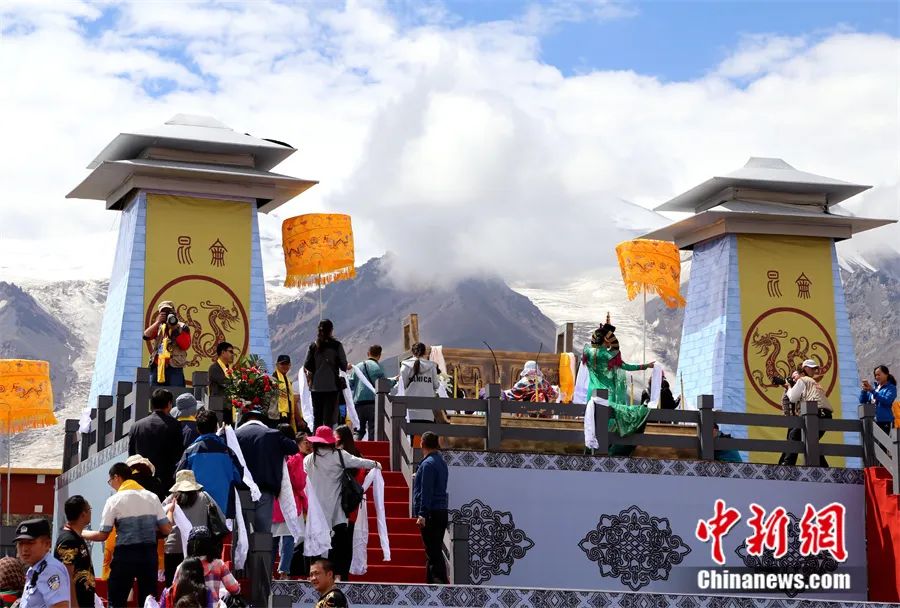
2017 Kunlun Mountain Worship Ceremony. Photo by Sun Rui, a reporter from China News Agency
China News Agency reporter: How does mythological stories reflect the similarities and differences in east -western culture?
E Chongrong: For example, the myths of floods in the East and West, "鲧 鲧" in Kunlun mythology, is the father of Dayu. According to legend The flood disaster was calmed, and Dayu used the method of guidance and eventually succeeded. In the West, Noah relied on the revelation of God, and escaped the flood disaster that God descended to the people.
The story of the father and son from "blocking" to "sparse" is actually constantly updating, promoting, and progressing. It can be seen that the "internal and external kings" pursued by the Chinese people can achieve the extreme "Internal Saint"; and the western tendency to "original sin" thought, believes that human behavior needs to be concluded through external punishment.
Whether it is China's "水” 不 不 "or the Prometheus stolen fire in Greek mythology, they all sacrifice themselves with their pity for life and benefit others. Regardless of the vicissitudes of life that humans have experienced in the long years, human beings who have experienced in the long years, and the beauty of human nature, and the beauty of human nature are common.
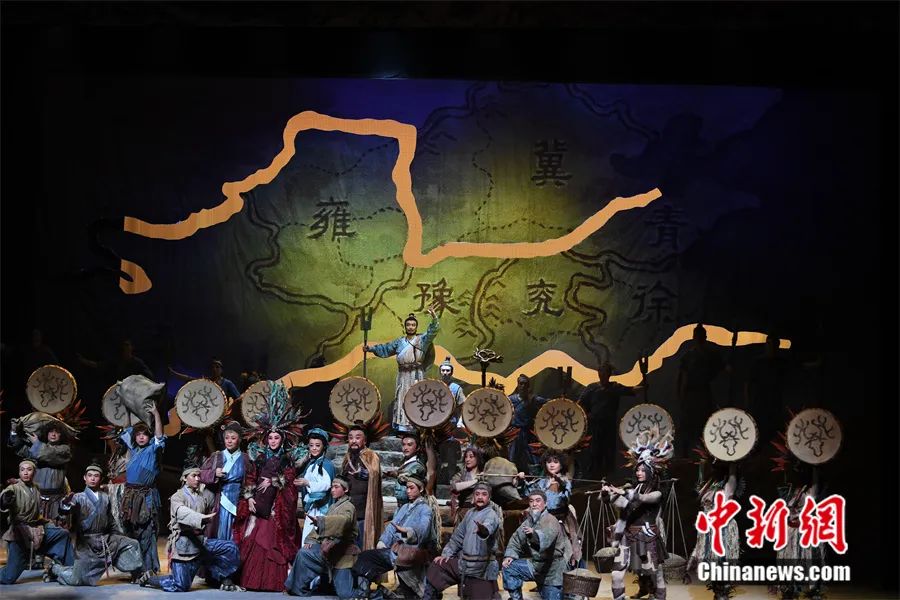
The drama "Dayu Governance". Photo by Yang Yanmin sent by China News Agency
China News Agency reporter: What does the myth of Kunlun and the myths in other parts of China have to do?
E Chongrong: The academic community generally believes that Kunlun, Penglai, and Chu Ci are the three major mythology systems in China. Professor Zhao Zongfu, the former dean of the Qinghai Provincial Academy of Social Sciences, proposed that it can be called the main body of Chinese classical myths after sorting out the system of Kunlun mythology. Historians such as Gu Jiegang and Bo Bozan have pointed out that the myths of Penglai and Chu Ci have been received. The influence, this phenomenon is related to the migration of the Qiang nationality in history.
The Dai people are distributed in Gansu and Qinghai. According to research, before the Qin and Han dynasties, there were constantly in the Central Plains and integrated into the Huaxia group. During the Spring and Autumn Period, "Mandarin · Zhou Yu": "Qi, Xu, Shen, and Lu Youtai Jiang", that is, the four countries are derived from the surnames of Jiang; with the rise of the Qin Dynasty, some people were forced to move to a more remote Xinjiang in Xinjiang. ,Southwest Region.
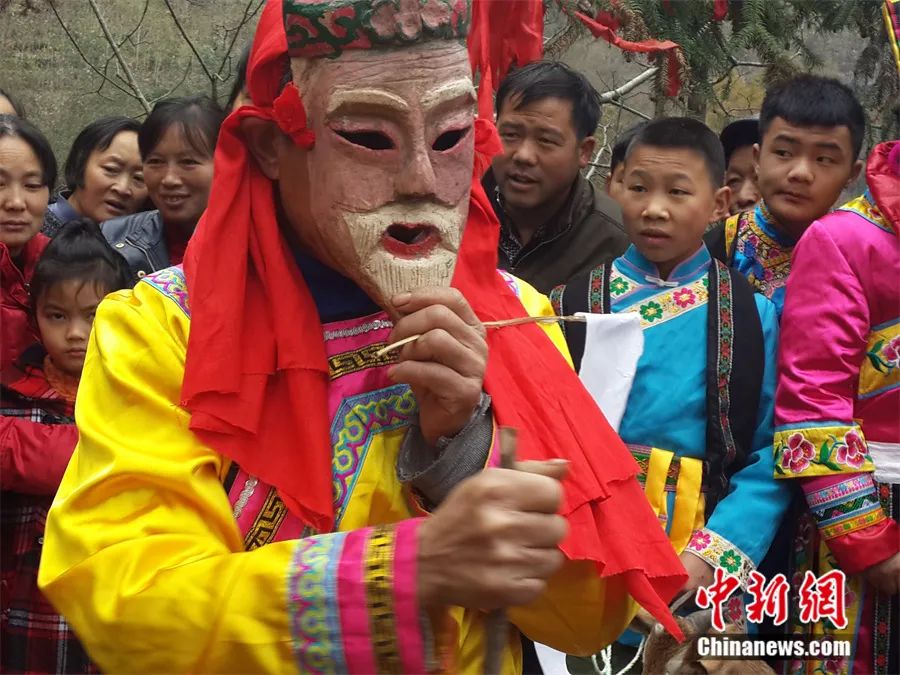
The "Turn on the Mountains" praying ceremony. Zeng Yun from China News Agency
According to research, the current 56 ethnic groups include more than one -third of the Han ethnic groups, and its ethnic source formation has inextricably linked with ancient people who once moved in the Ganqing area. Kunlun mythology, which originated from the top of the Snow Mountain of the Qinghai -Tibet Plateau, has radiated and influenced the imagination of various nations to find "Kunlun Mountain" and "Yaochi" in his heart for thousands of years.
Among them, Qu Yuan said in "Li Sao" "I and Chonghua You Xiyao's Garden, ascending Kunlun to eat Yuying", and there are Tibetan Buddhist believers in the eyes of Tibetan Mountain Mountain Mountain Mountain Mount Rinpoche and Hills under the mountains. There are also migration legends that have been migrated by the sources of "Kunlun" as their mother -in -law, such as Southwest Yi, Pumi, Naxi, and Jingpo.
It can be said that as a symbol of the Chinese national root mother culture, Kunlun Culture has witnessed the large pattern of the ancestors of the Chinese nation family members of the family of the Chinese nation since ancient times.
China News Agency reporter: Is myth just a fictional story? How does Kunlun myth continue in literature, thought and art? E Chongrong: Although mythology is an illusion of immortality, it is also the prototype of literature and art, and the source of humanistic spirit.
According to the statistics of Professor Hiwu Fufu, a professor at Kyoto University in Japan, there are more than 120 poems involved in the Mother of the West and the Dai people in "The Poems of the Tang Dynasty"; the monsters of Sun Wukong and the human body in the classical masterpiece "Journey to the West" are mostly inspired by Kunlun mythology; martial arts In popular novels, the mysterious Kunlun Mountains have been mentioned many times.
In literary and artistic works, the image of mythical characters will continue to evolve. For example, the "queen mother and mother" that the folks know -the Queen Mother of the West, initially in the "Shan Hai Jing" "it is like a person, the leopard tail tiger tooth is good, and the wins are wins". The spouse, the leader of the fairy, held the Peach Club, with Yaochi Fairy Cao.
Hexi Corridor area Wei Jincai painted queen mother portrait bricks. Photo by reporter Tian Yuhao, a reporter from China News Agency
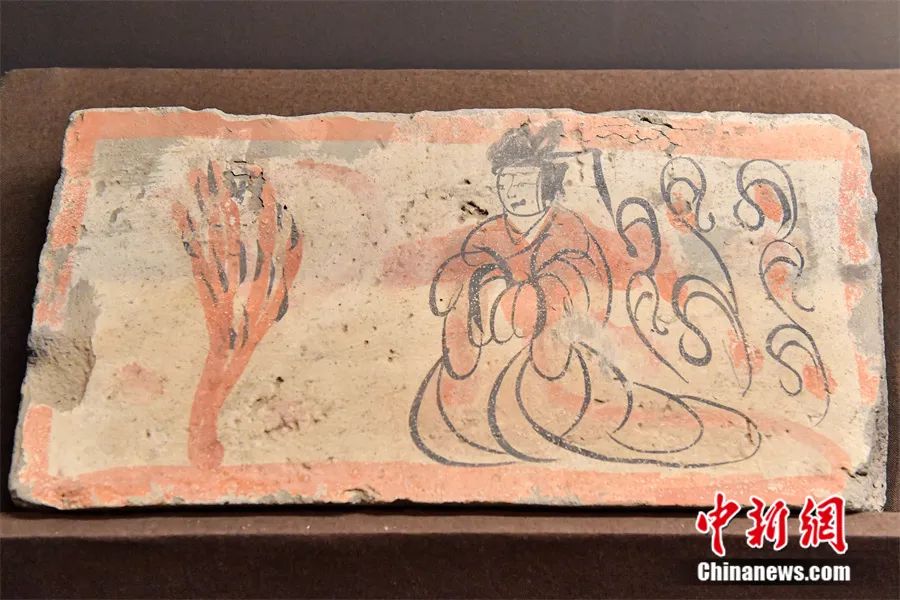
However, the spirit of uncomfortable difficulties in Kunlun mythology, the spirit of daring to pursue dreams, and forgetfulness is the core of inheriting for thousands of years. During the May 4th Movement, the writers traced their origins and found inspiration from the myth. Guo Moruo's "Goddess", Lu Xun's "Fu Tian" and "Benyue" and other works were combined with the national danger to inspire the wisdom and inspire the spirit of fighting.
Reporter of China News Agency: In the present, how to achieve the active use and "re -creation" of Kunlun mythology?
E Chongrong: Affected by the migration, exchanges, and interaction in history, Kunlun culture is extremely inclusive and divergent. So far, it is still being developed and evolved. However, at the same time, Kunlun culture also shows the characteristics of fragmented and broken. Although it can be seen in many places, the living inheritance has not become a system. It is mainly used as a cultural image and material library, exerting intangible value.
In recent years, many non -heritage arts, literary works, and anime film and television creators have used "Kunlun" as the image, which has enhanced the popularity and influence of Kunlun culture at home and abroad from different forms and different perspectives. As long as the core spirit reflected in the myth is not discarded, it should be combined with the current media communication methods to flexibly create it.
For example, 3D digital technology can be used to re -construct and restore the myths of Kunlun to allow the characters in the story to enter the young group, cultivate values in the subtle way, and germinate the self -confidence of the Chinese national culture. At the same time, it is necessary to actively communicate with the outside world, attract, resonate with each other in other parts of the world, and be compatible with each other, and continuously expand the connotation and extension of Kunlun culture.
Reporter of China News Agency: Is the primitive and simple myths inspired by the highly developed modern society of science and technology? How to understand the future with mythical thinking?
E Chongrong: "Now it is always in the palm of the past." In each era, the development of new culture needs to see the spiritual value of the knowledge from known traditional culture. Myth is the "root" of national culture. The spiritual and cultural character unique to the Chinese nation is rooted in the source of the mountains and water, inherited for thousands of years, and merged with the blood of the Chinese culture and the Chinese nation's genes.
The historical civilization of China ’s 5,000 years, and the ethnic groups have continuously integrated and the evolution of various trends of thoughts has a profound impact on national culture and values. Some primitive and simple quality of the Chinese nation may gradually degenerate and lose. It is far from the original point.
Hubei Bingfeng, Kunlun Mountain, Qinghai. China News Agency posted Li Quanju
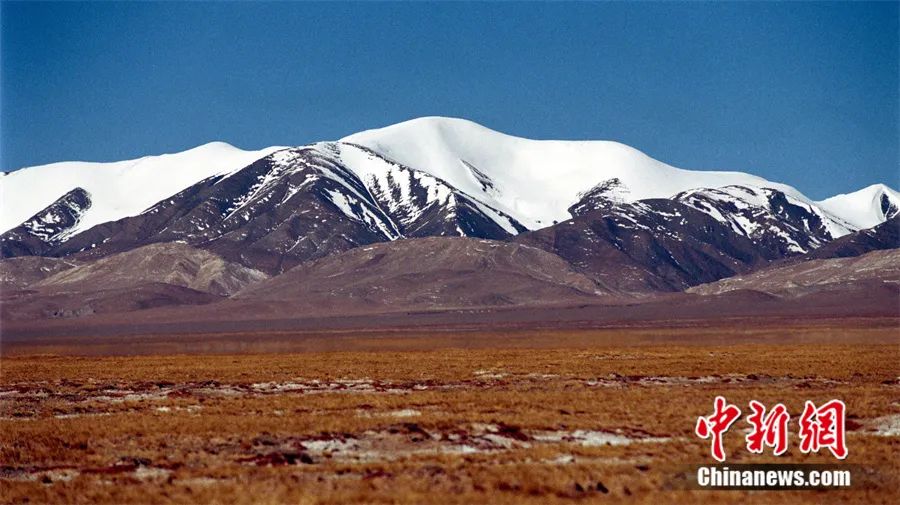
There is a saying, "Don't forget why you set off because you go too far." I think that people living in modern society should maintain a cultural consciousness and do not abandon and despise myths. Through the profound connotation it contains, appreciate the poetic and spirituality of those stories, the inseparable separation of man and nature, the romance and lofty at the beginning of the human nature, in order to be aware of the current life.
In the communication and mutual learning of culture, a nation must maintain the awareness of the main and ontology culture, otherwise it will lose self. The great rejuvenation of the Chinese nation should observe the original points in a timely manner, find deep cultural response from the most primitive, core, and long -distance, and discover the value and significance of cultural resources to the future.
Introduction to the interviewee:
E Chongrong, Dr. Tu, Dr. Philosophy, Director and Researcher of the Institute of National and Religious Research Institute of the Academy of Social Sciences of Qinghai Province. He has long been committed to research in the fields of Qinghai National Religion and other fields, and published 10 academic works such as independence and cooperation in "Qinghai Folk Beinity"; hosting, cooperation, and participation in the completion of national and provincial and ministerial topics such as "Kunlun Culture and Chinese Culture Revival"; in There are more than 80 papers and reports in various newspapers and academic journals, of which more than 30 are published in the CSSCI source journals; presided over or cooperated with more than 40 research reports and asset -government proposals.

Text Editor: Wang Singing
Image editor: Sudan
- END -
Wu Da, changed (shuǐ cǎi huà)

True color from the sky, outline the earthTopicOr freehand abstraction, or fine dr...
Latest news of Nanjing Metro S8 line!

Following the successful passing of the project project on June 21, the Nanjing S8...